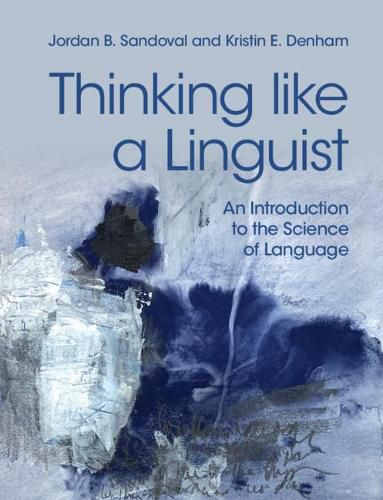Readings Newsletter
Become a Readings Member to make your shopping experience even easier.
Sign in or sign up for free!
You’re not far away from qualifying for FREE standard shipping within Australia
You’ve qualified for FREE standard shipping within Australia
The cart is loading…






This is an engaging introduction to the study of language for undergraduate or beginning graduate students, aimed especially at those who would like to continue further linguistic study. It introduces students to analytical thinking about language, but goes beyond existing texts to show what it means to think like a scientist about language, through the exploration of data and interactive problem sets. A key feature of this text is its flexibility. With its focus on foundational areas of linguistics and scientific analysis, it can be used in a variety of course types, with instructors using it alongside other information or texts as appropriate for their own courses of study. The text can also serve as a supplementary text in other related fields (Speech and Hearing Sciences, Psychology, Education, Computer Science, Anthropology, and others) to help learners in these areas better understand how linguists think about and work with language data. No prerequisites are necessary. While each chapter often references content from the others, the three central chapters on sound, structure, and meaning, may be used in any order.
$9.00 standard shipping within Australia
FREE standard shipping within Australia for orders over $100.00
Express & International shipping calculated at checkout
This is an engaging introduction to the study of language for undergraduate or beginning graduate students, aimed especially at those who would like to continue further linguistic study. It introduces students to analytical thinking about language, but goes beyond existing texts to show what it means to think like a scientist about language, through the exploration of data and interactive problem sets. A key feature of this text is its flexibility. With its focus on foundational areas of linguistics and scientific analysis, it can be used in a variety of course types, with instructors using it alongside other information or texts as appropriate for their own courses of study. The text can also serve as a supplementary text in other related fields (Speech and Hearing Sciences, Psychology, Education, Computer Science, Anthropology, and others) to help learners in these areas better understand how linguists think about and work with language data. No prerequisites are necessary. While each chapter often references content from the others, the three central chapters on sound, structure, and meaning, may be used in any order.